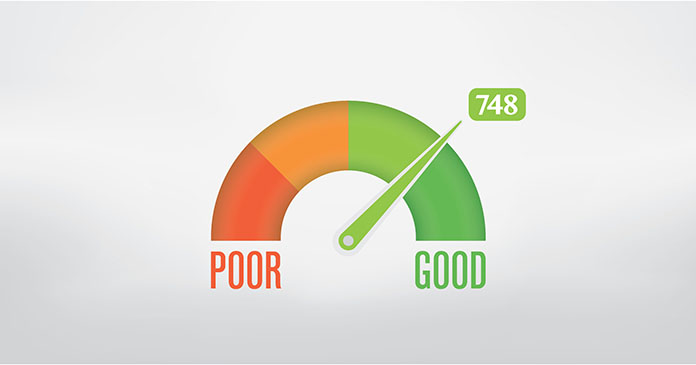Landlords and property management groups regularly use credit checks to make determinations about renting to potential tenants and many employers incorporate credit checks in hiring decisions. A low credit score or credit invisibility can thusly limit housing choice and employment opportunity for low-income families. A new first-of-its-kind study from the U.S. Department of Housing and Urban Development (HUD) and the Policy and Economic Research Council (PERC) finds that if the rent payments of HUD-assisted families are reported to credit reporting agencies, many of these households would cease being ‘credit invisible.’
The joint study, “Potential Impacts of Credit Reporting Public Housing Rental Payment Data,” relied upon rental data from three Public Housing Authorities (PHAs): The Housing Authority of Cook County (IL); the Louisville (KY) Metro Housing Authority; and the Seattle Housing Authority. HUD and PERC examined how reporting rent payments made by thousands of HUD-assisted households to nationwide consumer reporting agencies would impact the credit ratings of these families. The study also sought to determine whether reporting rent payments to consumer credit reporting companies would overcome the problem of ‘credit invisibility.’
“Rent is the largest monthly recurring expense that many households pay and reporting it can be a powerful way to reduce credit invisibility,” said Seth Appleton, HUD’s Assistant Secretary for Policy Development and Research. “This unprecedented study will excite a new conversation about the need for focusing on improving the credit of low-income families, and how on time rent payment is an important way to show credit-worthiness.”
Report co-author and PERC President Dr. Michael Turner said, “53 million people in the US have sparse or no credit history which can lead to a credit Catch 22 – in order to qualify for credit, you must already have credit. This study shows a path to affordable mainstream credit for many HUD-assisted tenants and renters of all types by leveraging rental payment data.”
The study analyzed credit scores (from Experian and TransUnion) of more than 9,000 HUD-assisted households in Cook County, Illinois; Louisville, Kentucky; and Seattle using credit risk models from FICO and VantageScore®. Reporting rental payment data resulted in a significant increase in the number of HUD-assisted tenants with credit scores above 620 between 54 and 65 percent. In addition, the inclusion of rental payment data nearly eliminated credit invisibility among HUD-assisted tenants. In one risk model, the rate of ‘unscoreable’ tenants fell from 49-to-seven percent; in another risk model, the share of tenants with little or no credit history fell from 11-to-zero percent.
While this study shows rent payment performance can improve both credit visibility and the fraction of tenants with credit scores above 620, it also shows that many public housing tenants continue to have subprime credit scores that can limit their housing choices and their ability to obtain insurance. Other HUD research finds that low credit scores substantially limit tenant choice on where they search for private rental housing and that tenants are motivated to improve their credit, receive financial education, and take advantage of available credit counseling.
Promoting economic opportunity by encouraging self-sufficiency and financial stability among HUD-assisted residents is a HUD priority. Poor credit can be a barrier to obtaining better housing. This study, in combination with other research show that extremely low-income families are not as high a credit risk as current credit models predict.













